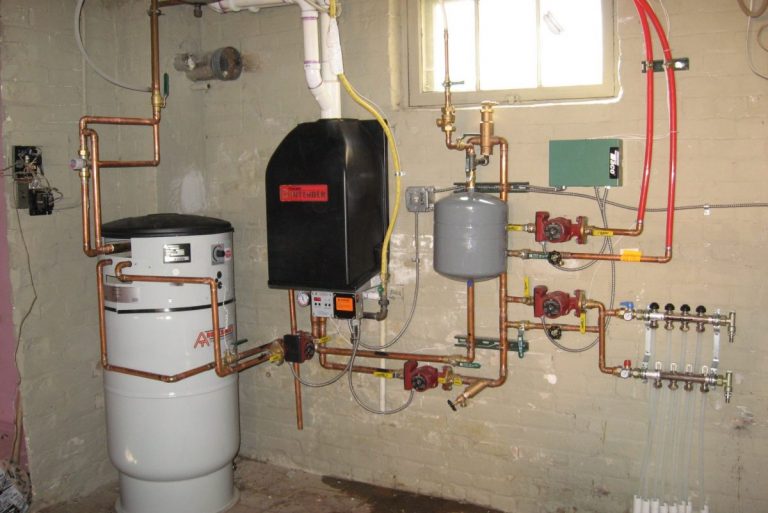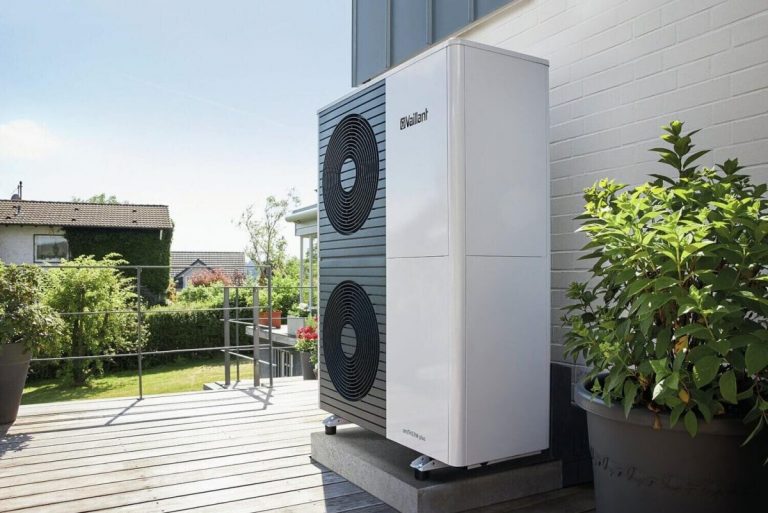If you hope to use biomass to make your home environmentally friendly and reduce your energy costs, you need to know what it is and how it is used in homes all over the world.
By definition, biomass is organic matter used as a fuel for the production of electricity. In a domestic setting, biomass refers to wood which is usually used in the form of wood chips, pellets, and logs. Wood pellets are the most common, and they are used in wood pellet boilers to generate electricity.
Why Is Biomass a Great Energy Alternative?
Over the last half-century, the world has become accustomed to heating homes using oil and gas. However, these fuels have many downsides. Besides being non-renewable, they are mainly produced in politically unstable countries. Gas and oil have an extremely volatile pricing structure, and governments have little or no control over these prices.
Unfortunately, the prices of these fuels increase in winter when people need them most and fall in summer when they are in less demand. This could be simply due to forces of demand and supply. But did you know you could produce your energy using biomass to heat your home or even a cold spa? According to Calgary Spa, heating hot tubs can now be done by a gas or biomass boiler.
Using Biomass in Homes
Biomass is a fuel that can be produced domestically, and it ellipses fossil fuels, like gas and oil, in sustainability. Before installing a wood pellet boiler in your home, take time to learn how to live with it. You should also do your research on the best wood pellets because this comes down to more than just the quality of the pellets.
Furthermore, it is crucial to know about wood pellet storage. The way you store your pellets affects many things, from the initial outlay you get to the ongoing costs of the pellets.

How Sustainable is Biomass?
While biomass is greener and more sustainable than fossil fuels, a biomass boiler on its own is not exactly a complete solution to eliminating your carbon footprint. Wood is carbon neutral and only produces the carbon dioxide that the tree absorbs during its lifetime when burnt.
However, this does not take into account the carbon produced during the transportation and processing of the wood.
What to Do Before Biomass Installation
If you want to install a biomass system on your property, it is important that you first make some adjustments to increase efficiency. You do not want to invest in a biomass system and then start wasting the energy you produce.
The first change that you need to make is increasing your insulation to help cut down your energy consumption. It is also important that you draft-proof your house to reduce heat loss from your home. If you draft-proof your house, it is advisable that you also install a heat exchange system so as to avoid the risk of condensation.






